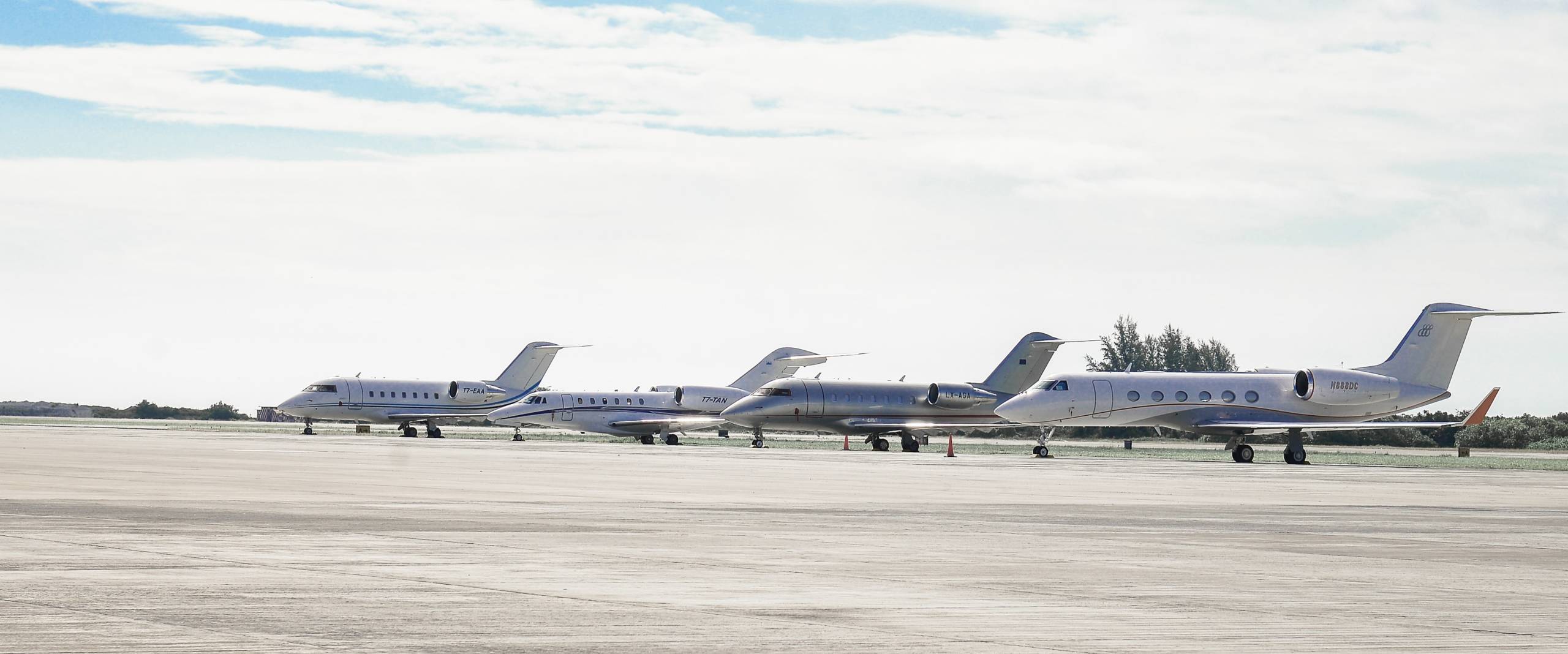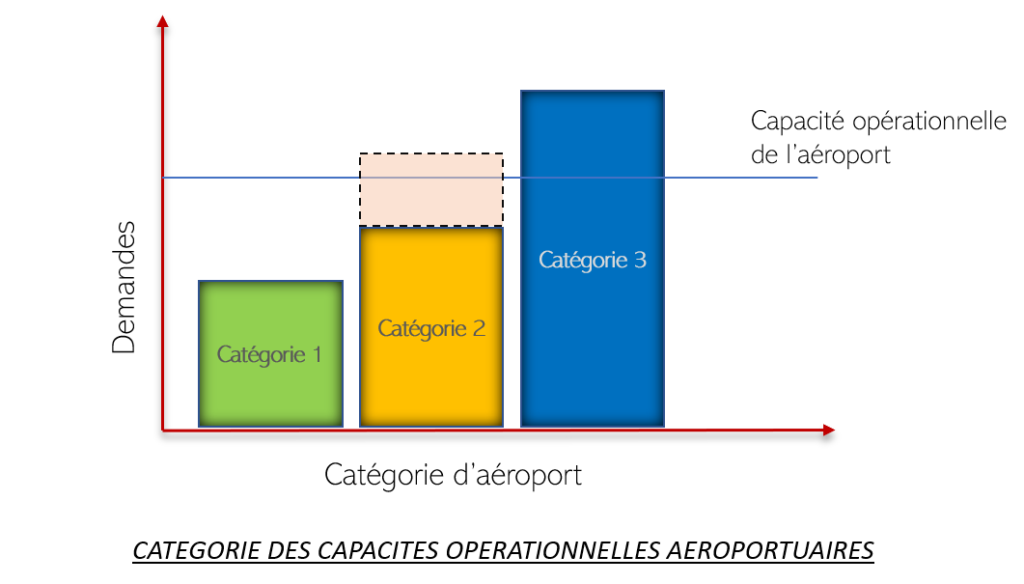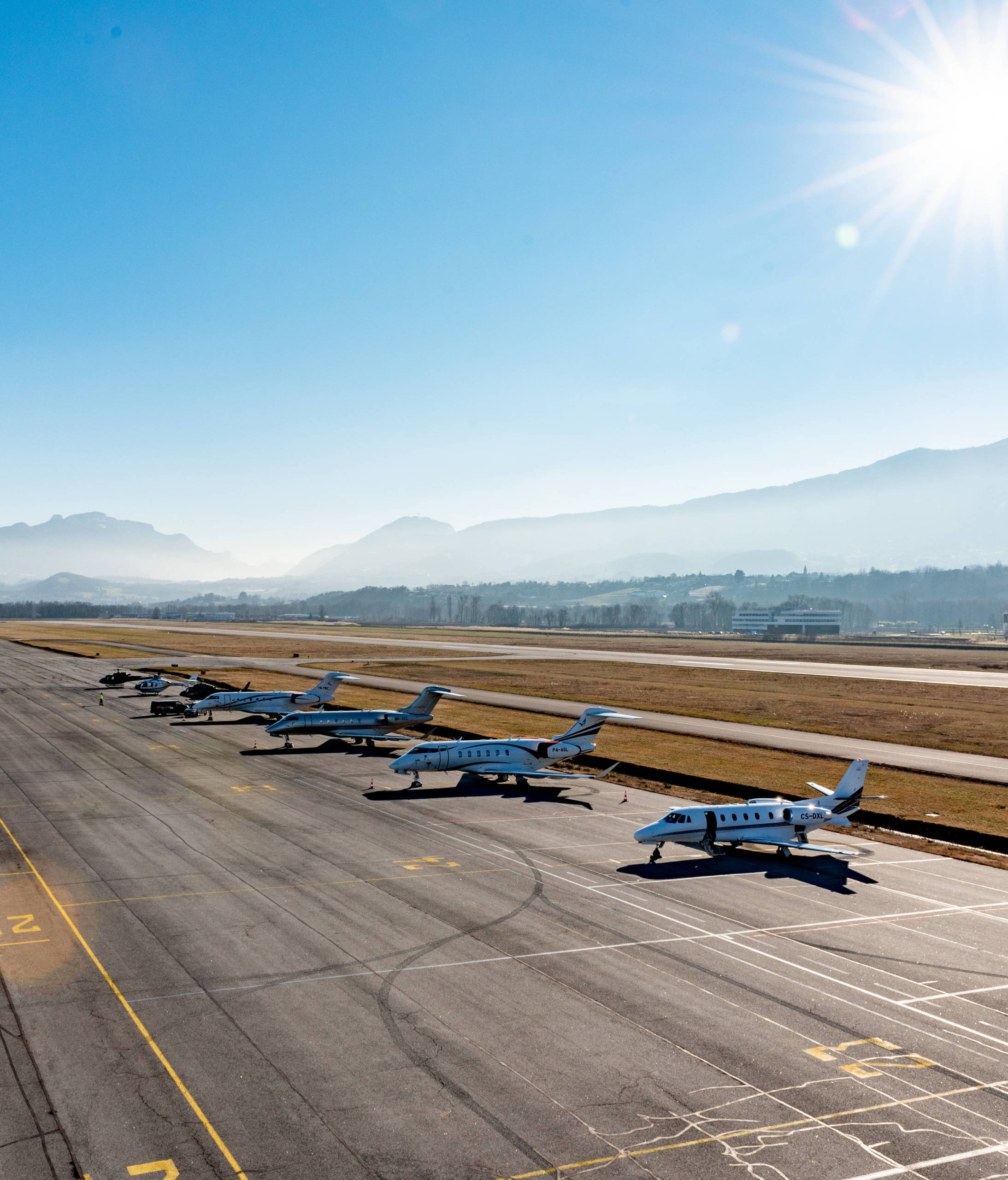Airport capacity & Slot 02/02/2021

As air transport continues to grow inexorably, airports must redouble their ingenuity to accommodate, within the limits of their airport capacity, aircraft and their passengers.
Faced with this challenge, airports are trying to optimise their organisation as much as possible in order to adapt and offer as many slots as possible (see the article) without degrading their quality of service.
Airport capacity and number of slots, a close relationship!

Each airport has a so-called operational capacity. This corresponds to the number of aircraft (aircraft for experts) and passengers that can be managed by the airport at the required safety level.
Thus, this operational capacity determines the number of slots available at the airports.
What are these “factors” that determine airport capacity?
Each airport operates with its own specificities influencing its operational capacity.
• Infrastructure
The number of runways, aircraft parking areas and taxiways are all factors limiting the airport’s operational capacity.
For example, an airport with only one runway will only be able to handle a limited flow of aircraft. Conversely, and logically, an airport with several runways will be able to accommodate more aircraft and “juggle” with external elements such as the weather.
• External Environment
An airport can be represented as a huge beehive – you come and go. Like these charming bees, this airport traffic produces a repetitive “bzzzz”. Hence, in order to manage noise pollution, some airports limit their operating hours or the number of movements (arrivals and departures).
• Daily Surprises
Rain or shine cannot be ordered. Thus, certain weather conditions restrict the optimal use of the airport infrastructure.
Slot and airport congestion, a link?
An airport can offer slots and accept aircraft as far as its capacity allows. Consequently, there are 3 categories of airports according to the level of congestion:

• CATEGORY 1
The capacity of the airport allows it to respond favourably to requests. No slot coordination is required.
• CATEGORY 2
Airport congestion fluctuates according to the season or may be affected by a particular event. Some time adjustments may be requested by the airport to smooth operations. Slots can coordinate the airport for a defined period.
• CATEGORY 3
Demand regularly exceeds the capacity of the airport. A coordinator allocates the slots in order to organise the traffic as much as possible and optimise the airport infrastructure.
Airports limiting the supply of slots
Geneva (LSGG, GVA)
Airport capacity’s category 3 and Europe’s second largest business airport with more than 35,000 movements per year, Geneva is a very popular destination. In addition to its numerous scheduled flights, this airport has to manage seasonal flows as well as ad hoc flights on a single runway. To orchestrate these flows, the airport therefore coordinates arrivals and departures with slots.
With sometimes one movement (take-off or landing) per minute, the airport operates on a just-in-time basis and quickly reaches congestion depending on demand. Certain technical considerations also oblige Geneva to regulate its supply of slots according to the type of aircraft.
And yes, a small private jet will not be able to take off right after a Boeing-747 for example because of the air mass that the latter will disturb (wake turbulence).

Chambéry (LFLB, CMF)
Due to its proximity to the ski resorts of the French Alps, Chambéry Mont Blanc airport is very busy almost exclusively during the winter period. Like Geneva, Chambéry airport has only one runway, but with the additional constraint of its environment. Surrounded by the mountains, the airport allows only one aircraft every 15 minutes on its air route to clear the runway if necessary. This means that 5 landings per hour are allowed at this airport. The airport is therefore upgraded to category 2 during the winter season.
Paris Le Bourget (LFPB, LBG)
Europe’s largest business airport with more than 57,000 aircraft movements in 2018, the airport has a capacity restriction between 22:00 and 06:00. The reason for this is the Noise Exposure Plan (NEP) which prohibits all aircraft take-offs (except turboprop aircraft) between 22:00 and 06:00 in the morning. Take-off slots on jet-powered aircraft are only possible outside these time restrictions.
Ibiza (LEIB, IBZ)
A very popular destination in the summer, this airport quickly becomes congested. This is due to the influx of planes and its limited non-extendable parking capacity (island). The airport is upgraded to category 3 in the summer on a “first come, first served” basis, with priority given to regular flights. Thus, it is frequent to have to make a “drop and go” in order to operate in Ibiza.
Cannes Mandelieu-la-Napoule (LFMD, CEQ)
Whether it is during the festival or in the middle of summer, many people wish to land at this airport to reach the French Riviera. A single runway rhythmed by sunny hours, a limited number of parking spaces and a limitation of aircraft tonnage are all factors that reduce the platform’s capacity. Slots are necessary during the Cannes Film Festival.

Chartering a plane offers a very wide choice of airports in Europe. However, some are more in demand than others depending on the season. Indeed, this traffic is spread unevenly throughout the year.
Some airports experience seasonal overfrequentation (summer/winter). Others, on the other hand, have a peak in traffic for a particular event.
Although this is not a guarantee, booking in advance increases the possibility of obtaining the requested slot. As well as providing you the jet, we advise you on the best solutions to get you as close as possible to your destination while maintaining the comfort of the charter. Sometimes a slightly more distant airport can offer more flexibility than initially requested. For example, Grenoble instead of Chambery when it is saturated, or Cascais instead of Lisbon for private jets.









